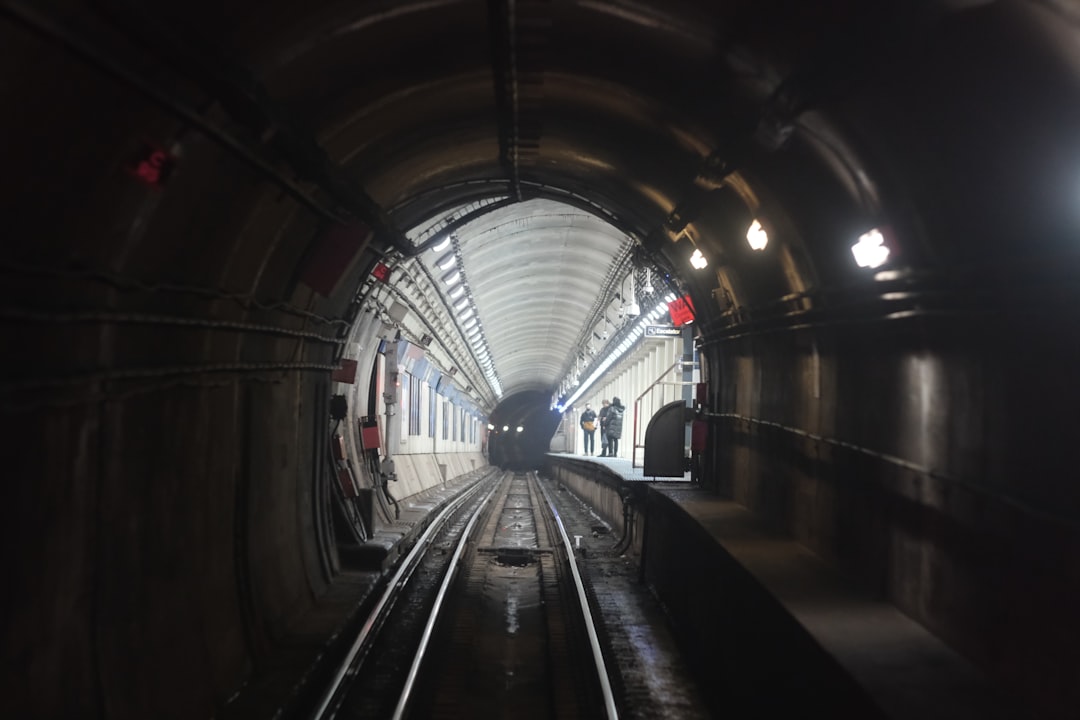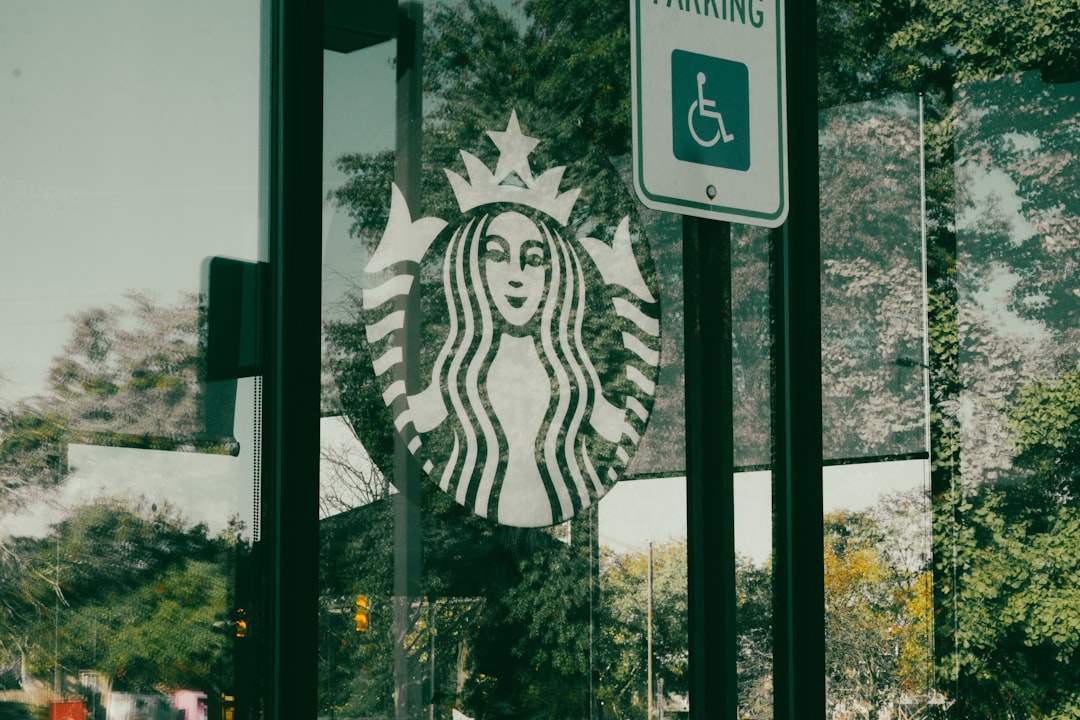A Shocking Turn in a Crowded Station (image credits: Unsplash)
Chicago – In the heart of the bustling Loop, where commuters rush through the underground hum of trains, a split-second decision turned a routine stop into a nightmare of violence last year.
A Shocking Turn in a Crowded Station
Imagine stepping off a train during rush hour, only to cross paths with someone harboring deep-seated grudges. That’s exactly what unfolded at the South Loop CTA station, where a 24-year-old man spotted a rival from a competing gang and unleashed a brutal attack. He pleaded guilty to the attempted murder, facing the reality of his actions head-on in court.
The incident wasn’t planned; it was a random encounter that escalated in seconds. The victim survived, but the scars—both physical and on the community—linger. This case highlights how gang tensions can erupt anywhere, even in one of the city’s most public spaces.
Prosecutors painted a clear picture: the attacker pulled out a weapon and struck with intent to kill. It’s a stark reminder that no place feels entirely safe when old rivalries bubble up unexpectedly.
The Path to the Guilty Plea
Court records show the young man had a history tied to gang activity, though details remain limited to protect ongoing investigations. After his arrest, he chose to plead guilty rather than risk a full trial, a move that likely influenced the sentencing. At 24, he’s now staring down six years in prison, a consequence that underscores the legal system’s firm stance on such violence.
His defense might have argued impulsivity or lack of premeditation, but the evidence was overwhelming. Eyewitness accounts from fellow passengers helped build the case, turning bystanders into key players in seeking justice.
Impact on CTA Riders and Workers
Events like this ripple through the daily lives of thousands who rely on the CTA. Riders often share stories of heightened caution, scanning faces in crowded cars or sticking to well-lit platforms. The station in question saw a temporary uptick in patrols, but the underlying fear doesn’t vanish overnight.
Transit workers, too, bear the brunt—they’re on the front lines, dealing with the aftermath of such incidents. This attack adds to a string of concerns about safety on Chicago’s rails, prompting calls for better surveillance and quicker response times.
Gang Rivalries in the Windy City
Chicago’s gang landscape has long been a complex web of territories and loyalties, with the Loop serving as a neutral ground that sometimes turns hostile. This case isn’t isolated; recent reports point to ongoing tensions spilling into public spaces like stations and streets. Experts note that economic pressures and limited opportunities fuel these cycles, making breakouts more volatile.
Community groups are stepping up, offering programs to steer youth away from gangs before encounters like this one happen. Yet, the challenge remains: how to dismantle rivalries that trace back generations?
Lessons from the Sentencing
The six-year sentence serves as both punishment and a deterrent, aiming to keep similar violence at bay. Judges in these cases weigh the severity of the act against rehabilitation potential, often landing on terms that reflect public safety needs. Here, the near-fatal outcome tipped the scales toward a substantial penalty.
Families on both sides feel the weight— the victim’s road to recovery is long, while the perpetrator’s loved ones grapple with his absence. It’s a human story amid the headlines, reminding us of the real lives disrupted.
Broader Push for Safer Transit
In response to incidents like this, city officials are ramping up efforts to secure CTA stations. More cameras, increased lighting, and partnerships with local police are part of the plan. Riders can expect to see these changes roll out, but true safety comes from addressing root causes like gang involvement.
Here’s a quick look at recent CTA safety measures:
- Expanded camera networks at high-traffic stations, including the Loop.
- Trained ambassadors to assist and de-escalate situations.
- Hotline for anonymous tips on suspicious activity.
- Collaborations with community organizations for youth outreach.
- Regular audits of station security protocols.
Key Takeaways
- Gang violence can strike unexpectedly in public spaces like CTA stations.
- Prompt guilty pleas can lead to structured sentences focused on accountability.
- Ongoing community and policy efforts are crucial for long-term safety improvements.
As Chicago continues to navigate these challenges, stories like this one push for change, blending justice with hope for calmer streets. What steps do you think could make public transit safer for everyone? Share your thoughts in the comments below.








